After more than three years of being effectively confined to barracks, the Azov Regiment, part of Ukraine’s National Guard, is returning to the Donbas war zone in a full combat deployment.
The formation, which presents itself as a combined arms special task unit, said on Feb. 1 its troops had been attached to the 30th Mechanized Brigade of the Armed Forces to fulfill combat missions “in the Joint Forces Operation zone in accordance with high-command orders.”
The 30th Brigade earlier on Feb. 1 also reported that it had finished taking up their battlefront as part of normal rotation of troops in the Donbas, in coordination with the Azov Regiment.
For the Azov soldiers, it is a long-awaited return.
Despite having the reputation of being one of Ukraine’s most effective, best-maintained and best-trained combat units engaged against Russian-led forces in the Donbas, the regiment was withdrawn to the rear back in July 2015, after fighting in Shyrokyne, a devastated resort town just east of key port city of Mariupol on the Azov Sea coast.
“(We have) full confidence that Azov’s greatest battles are yet to happen,” the regiment’s press service said in comments posted on the regiment’s website.
Since its withdrawal, the Azov Regiment has remained in its bases in the resort towns of Yuriivka and Urzuf southwest of Mariupol, although it continued recruiting and intensely training its troops, as well as participating in major training exercises with army units.
The force has expanded to include two motorized infantry battalions supported by 120- and 82-millimeter mortar batteries, a D‑30 howitzer force, a T‑64 tank company, a reconnaissance squad, a drone reconnaissance service, a sniper platoon, a canine team, and a highly developed logistics service.
But despite numerous requests to high military command for combat deployment, the Azov Battalion was kept away from the war zone. As the regiment’s chief executive officer Lieutenant Igor Klymenko said in an interview with the Kyiv Post in late December 2017, the military leadership was reluctant to make “a political decision” to give the order to return the regiment to war.
However, according to the regiment’s officers, some of Azov’s troops were nonetheless occasionally given certain combat missions at the front.
In 2018 alone, at least three of its fighters were killed in action.
Azov’s long exile from the front line was connected to the controversies that have followed the force ever since its creation as a volunteer battalion of civilians in the early days of Russia’s war in the Donbas in spring 2014.
The Azov was severely criticized for harboring neo-Nazis and far-right radicals, including ones from outside of Ukraine, within its ranks, and for its use of Nazi symbols. In particular, the regiment’s official insignia bears a reversed image of Wolfsangel, a sign used particularly by the SS Panzer Division “Das Reich” of Nazi Germany during World War II.
Other than that, the regiment’s founder Andriy Biletskiy, currently a member of parliament and the leader of the far-right National Corps political party as well as of the organization Patriot of Ukraine, which is deemed by some observers to be a neo-Nazi and racist extremist movement.
Azov soldiers are also known to practice elements of Nordic and Slavic Pagan traditions and rituals.
And since 2015, the Azov Regiment has been banned from receiving military aid from the United States.
The Azov Regiment strongly denies all accusations of being a neo-Nazi armed force, and insists its soldiers have moderate right-wing nationalistic views and a passionate desire to defend Ukraine.
The regiment emphasizes its self-reliance and independence from central authority in its development as a combat force. It set up its own boot camp near Urzuf, with several firing ranges, a tank training ground, barracks for recruits, and a training area for close quarters combat training, allegedly all at its own expense.
In late 2018, the force also presented a prototype of multipurpose fast attack vehicle of their own design and making, proposing it as a future workhorse for Ukraine’s highly-mobile special task teams in action.
You can also highlight the text and press Ctrl + Enter


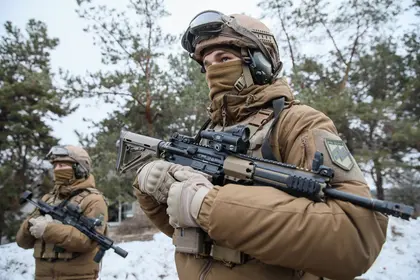
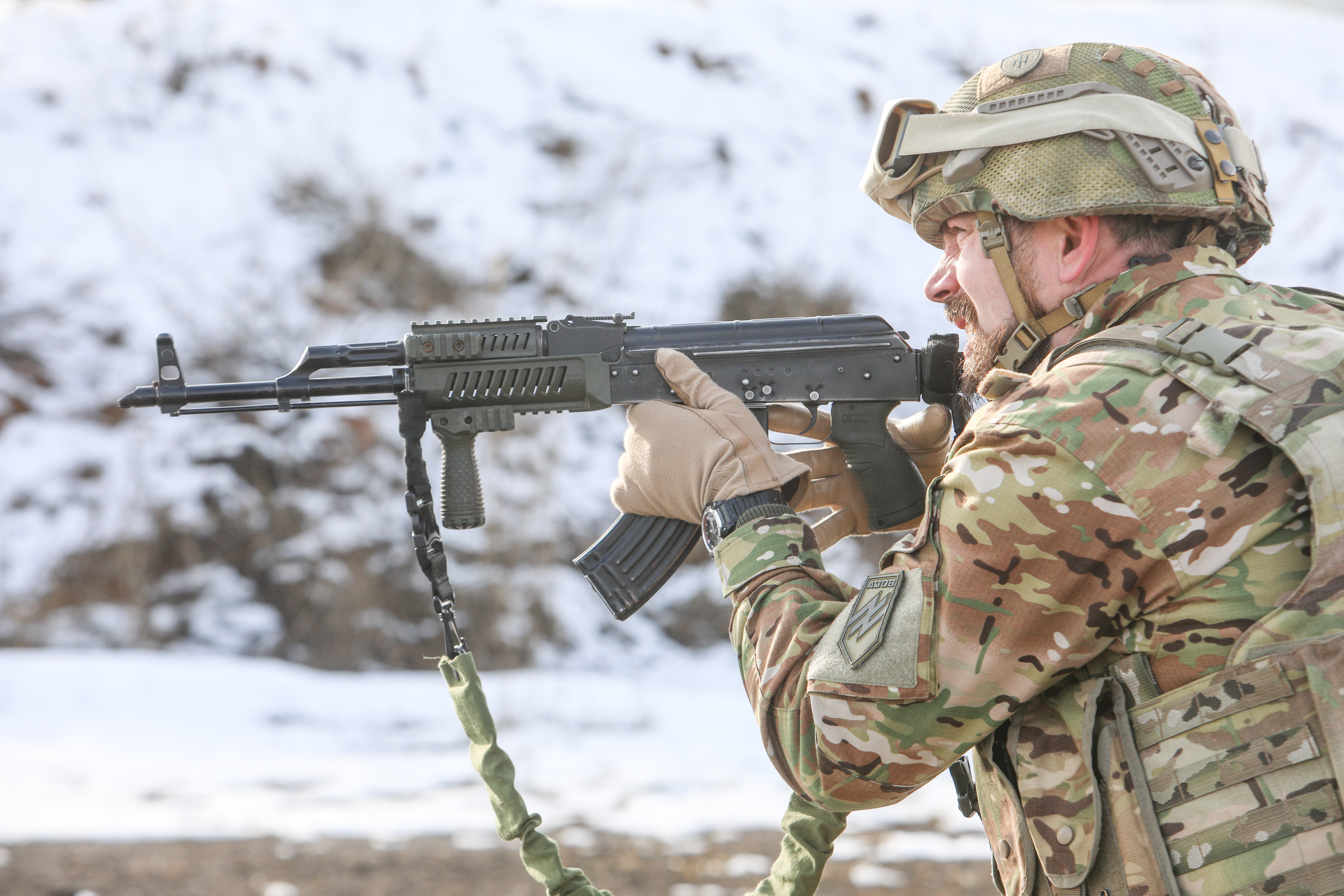

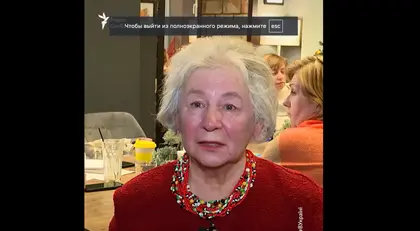
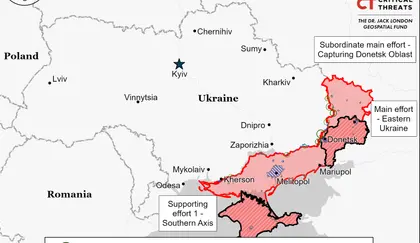
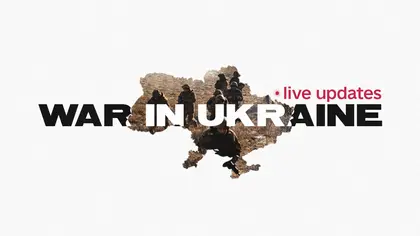
Comments (0)